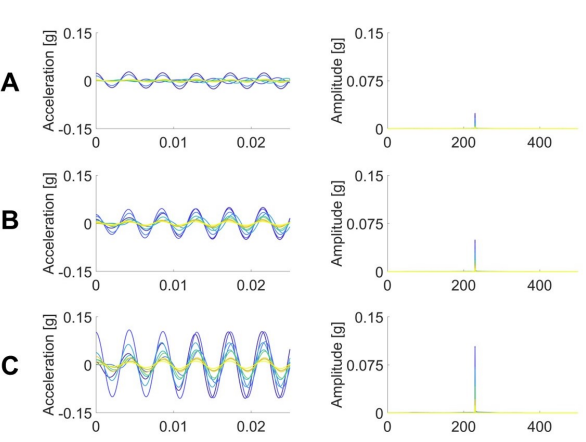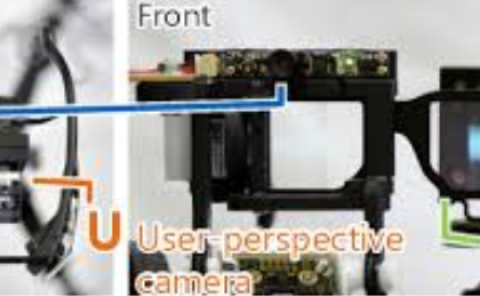Cognitive and Physical Activities Impair Perception of Smartphone Vibrations
PubDate: May 2023
Teams: Stanford University;Cornell University
Writers: Kyle T. Yoshida, Joel X. Kiernan, Rachel A. G. Adenekan, Steven H. Trinh, Alexis J. Lowber, Allison M. Okamura, Cara M. Nunez
PDF: Cognitive and Physical Activities Impair Perception of Smartphone Vibrations

Abstract
Vibration feedback is common in everyday devices, from virtual reality systems to smartphones. However, cognitive and physical activities may impede our ability to sense vibrations from devices. In this study, we develop and characterize a smartphone platform to investigate how a shape-memory task (cognitive activity) and walking (physical activity) impair human perception of smartphone vibrations. We measured how Apple’s Core Haptics Framework parameters can be used for haptics research, namely how hapticIntensity modulates amplitudes of 230 Hz vibrations. A 23-person user study found that physical (p<0.001) and cognitive (p=0.004) activity increase vibration perception thresholds. Cognitive activity also increases vibration response time (p<0.001). This work also introduces a smartphone platform that can be used for out-of-lab vibration perception testing. Researchers can use our smartphone platform and results to design better haptic devices for diverse, unique populations.

